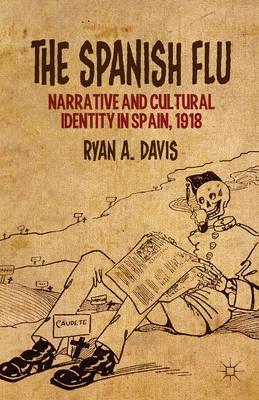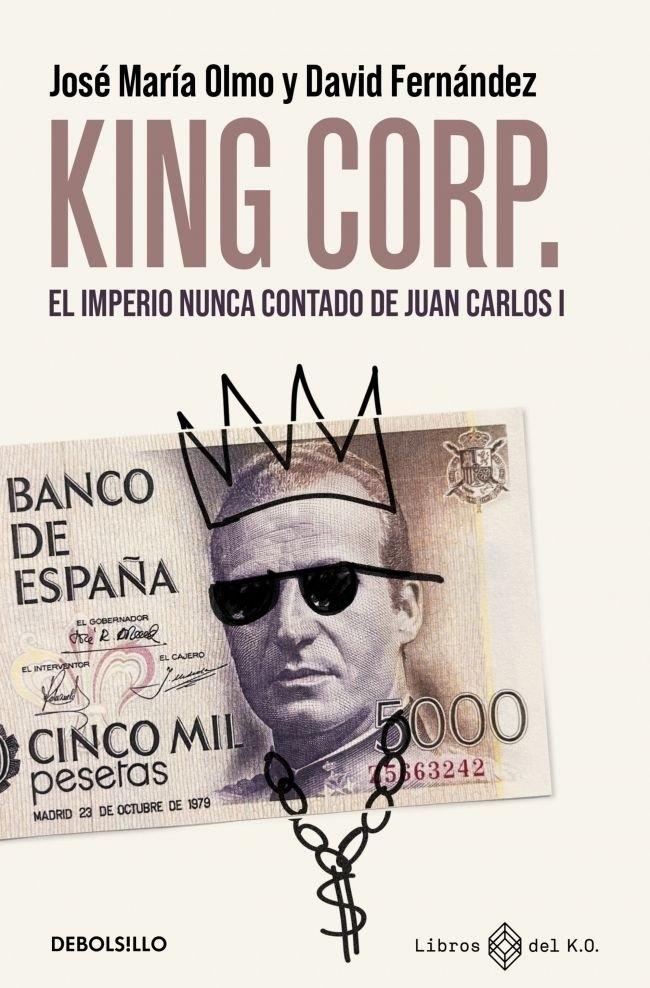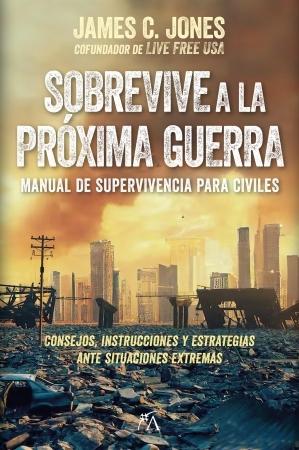The Spanish Flu "Narrative and Cultural Identity in Spain, 1918"

 (0 Comentarios)
(0 Comentarios)
Comenta y valora este libro
pvp.74,35 €
Sin Stock. Posibilidad entre 11 y 20 dias
Otros libros de Varios
-
Varios Autores
Cuaderno de invierno Volumen 6 "Ejercicios y pasatiempos para adultos"
Blackie Books. 2025

pvp.12,90 €
-
Fernández, David; Olmo, José María
King Corp. "El imperio nunca contado de Juan Carlos I"
Ediciones DeBolsillo. 2025

pvp.12,95 €
-
Jones, James C.
Sobrevive a la próxima guerra "Manual de supervivencia para civiles"
Editorial Arcopress. 2025

pvp.23,00 €




